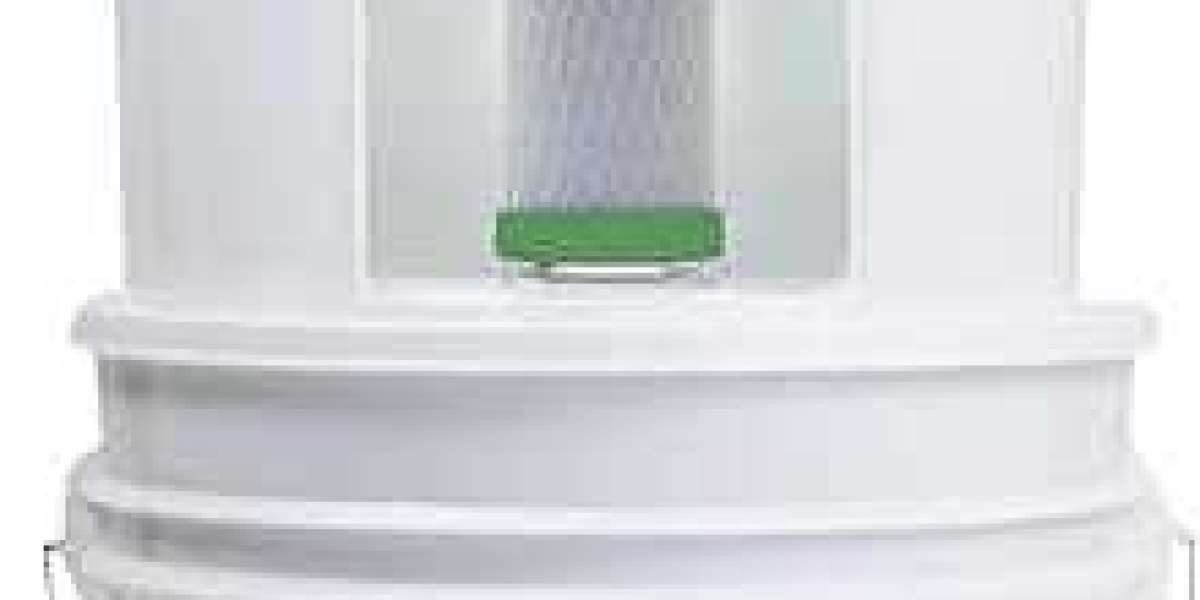Organic compounds in Japanese closed systems. Release to the environment may occur in Production sites, and specific industrial sites. All waste is disposed of by incineration.
1-Chlorobutane appears to be released into water and air from its production site after biological treatment
treat. There are no specific monitoring data for this chemical. This chemical is classified as
"Not readily biodegradable".
The direct degradation half-life of 1-chlorobutane in water is estimated to be 9.6 years
Photolysis.
Potential ambient distribution of 1-chlorobutane obtained from the general fugacity model,
The Mackay Tier III emissions scenario is shown below. The results indicated that when 1-chlorobutane was released into water, most of the chemical was likely distributed to soil and
precipitation.
PEC has been calculated from various models.
Consider its physicochemical properties (e.g. molecular weight, water solubility, vapor
pressure and partition coefficient). The estimated concentration for the MNSEM model is
Workplace and environmental monitoring data were not reported. This chemical is used in
Closed system, no data available to consumers. The total dose of radiation passed indirectly through the environment, according to physicochemical properties.
Oral and dermal LD50 values for 1-chlorobutane in male rats were reported to be 2,670 mg/kg and 20
mL/kg, respectively. Inhalation LCLo reported as 8,000 ppm. Two reports on stimulus testing were
usable. Based on these results, 1-chlorobutane is moderately to highly irritating to the skin,
Slightly irritating to rabbit eyes.
Oral (gavage) doses of 0, 190, 380, 750, 1,500 in male and female F344/N rats
and 3,000 mg/kg/day for 14 days. All received 1500 or 3000 mg/kg and 3/5 males and
One in five females receiving the 750 mg/kg dose died before the end of the study. No gavage accident
Therefore, it was noted that all deaths were believed to be compound-related. final average weight
Male and female rats receiving 750 mg/kg had 14% and 6% lower levels, respectively, than controls,
respectively. In males receiving 750 mg/kg or more and
One female received 1500 mg/kg. Aggression and hyperactivity observed in rats
Received 750 mg/kg. Bloody discharge from nose and mouth observed in males
Receive 750 mg/kg or more, women receive 1500 mg/kg. Blood was found at autopsy
In the cranial cavity of men receiving 750 mg/kg or more and women receiving 1500 mg/kg
mg/kg or more. Histological examination was not performed.



